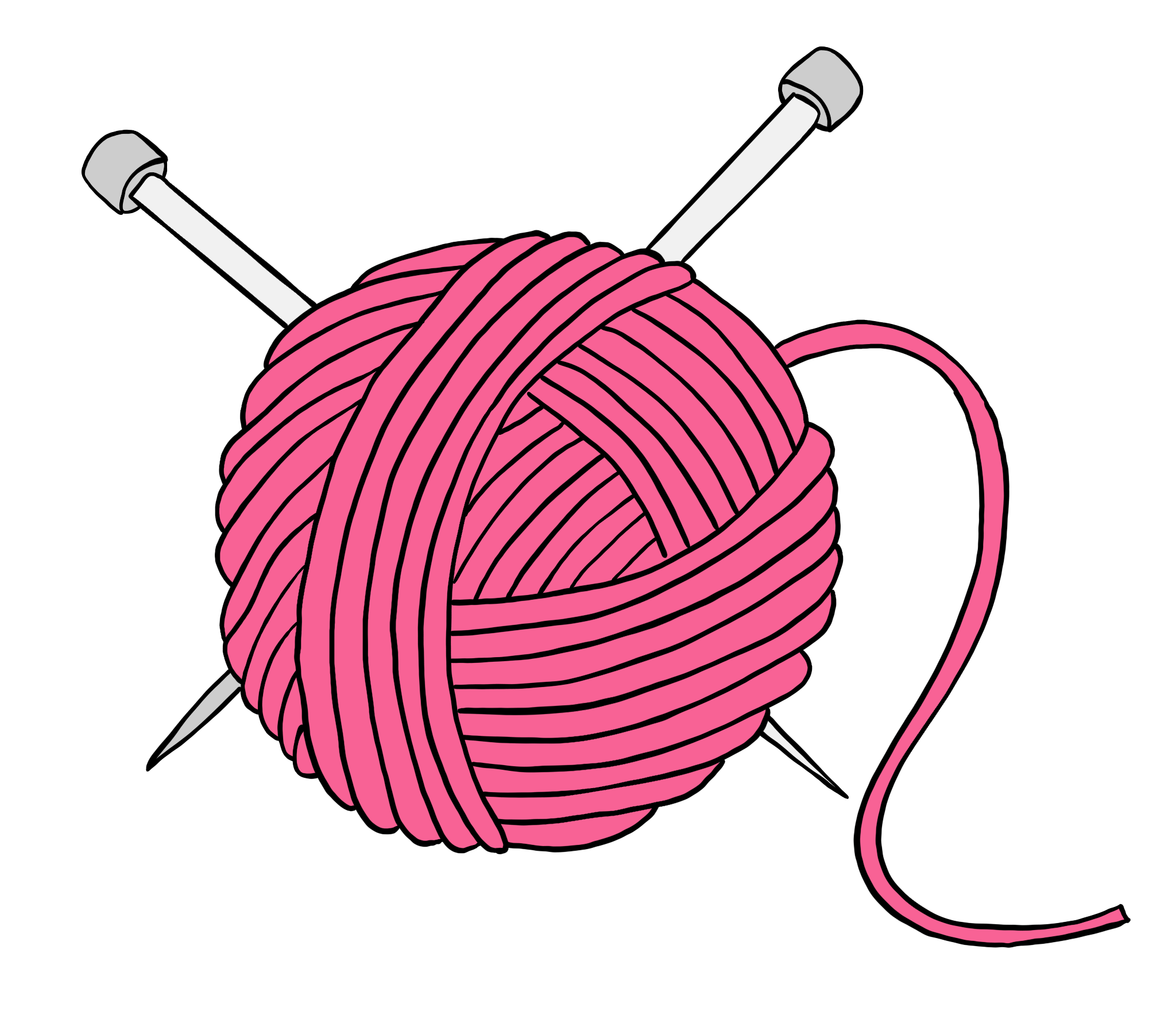Thursday, April 24
Campus Crafters: The Simple Joy of Art
Sonia Ivancic '25 (Arts Editor, 144th Board) in Arts | April 14, 2023

Handicrafts like knitting and crocheting are known to be great stress relievers. Their simple and rhythmic motions of hyperfocusing on simple knot tying gestures force one’s mind to slow down after a busy day. The pride that one feels after creating something all on one's own and the pleasure of gifting one's handiwork are also added benefits.
Knitting used to be a central part of my life when I was younger. This was especially true during the pandemic, when I would spend endless Zoom classes knitting just out of my camera's line of sight. Yet, once I came to Lawrenceville, I found that taking just a little time each day to spend on these small joys was almost impossible. If I had any spare time, there was always a nagging feeling to spend it wisely by studying or getting ahead on homework. Nevertheless, despite my knitting projects having been on hold for two years, I have found people scattered around campus who still find time to keep up with their craft, inspiring me to pick up my knitting needles once again.
Knitting and crocheting are often associated with old women, their needles clicking away whilst gossiping on rocking chairs. Thanks to social media and downtime during the pandemic, however, handicrafts such as these have soared in popularity; even Novak Djokovic was spotted knitting on Instagram! People of all ages, including students, have begun to see the benefits of taking the time to make physical crafts with their own two hands.
Some Lawrenceville students, despite their busy schedules, find time in the day to knit and crochet. Maggie Hammond ’25 first learned to knit in third grade, but really wanted to try her hand at crocheting, a craft far quicker than knitting. After buying a kit, she has “been crocheting ever since,” even throughout high school. Although such crafts may be hard to pick up, Hammond said that watching videos or using beginner kits allows you to “get the hang of it.” Just knowing the basic technique makes crafting “really easy” and gives people a hobby to pick up whenever they need something “rewarding” in their life.
Similarly, Sonia Singhal ’24 has a special connection with such crafts, as “her grandmother taught [her] how to knit and crochet.” She explained that creating “kept her busy around the house” during Covid-19. Singhal has kept up with her knitting, sewing, and crocheting at Lawrenceville because she believes they are great “de-stressing tool[s]” and “something relaxing…where [she] can see [her] effort at the end.” Hammond and Singhal both agree that the combination of gratification and calm drive them to keep up their creations with the demands of our school.
On campus, we all have a shared mentality that any free time must be filled up with “useful” activities. If we have an extra thirty minutes between dinner and a club, we tend to spend that time working on essays, applications, or doing extra studying. However, taking the time to wind down—especially in the evenings—is not only “useful” but crucial too. To ensure that the small sliver of rest we get each night adequately refreshes us for the next day, we need ways to find inner calm and slow down in the evenings, which is often hard when we have sports, activities, and study hall every night. Handicrafts are equal parts engaging and meditative, so picking up a simple form of making—even just for a small amount of time each evening—provides a transition between the fast-paced work day and sleep. Hopefully, this article inspires you to spend a few short moments each day doing what is truly meaningful: not homework, but finding happiness in simple joys like some yarn and needles.
Related Articles
- Mirror, Mirror, on the Wall... Who’s the Most Hated of Them all? Melina Kyriakopoulos ’27
- L Factor or L moment? Lawrentians Take the Stage Celestine Sutter ’27
- Spring Orchestra Concert Vincent Jie ’27
- Shedding Light on Julius Caesar Anton Popowitz ’26
- Threaded Up Thursdays: Intertwining Soul and Style Melina Kyriakopoulos ’27
Recent Articles
- Announcing: Valedictorian, Aurelian Speakers, and Faculty Speaker Sophie Liu ’27
- Senior Profile: Sophie Cheng ’25 Katherine Qiu ’27
- Debunking the Dining Hall Debate: Is Lawrenceville’s Dining Really That Bad? Isabelle Lee ’27
- Welcoming Our New VPs for 2025-2026 Sophie Liu ’27
- A Sweet Return: Melba Reopens with New Flavors and Community Spirit Ella Song ’27